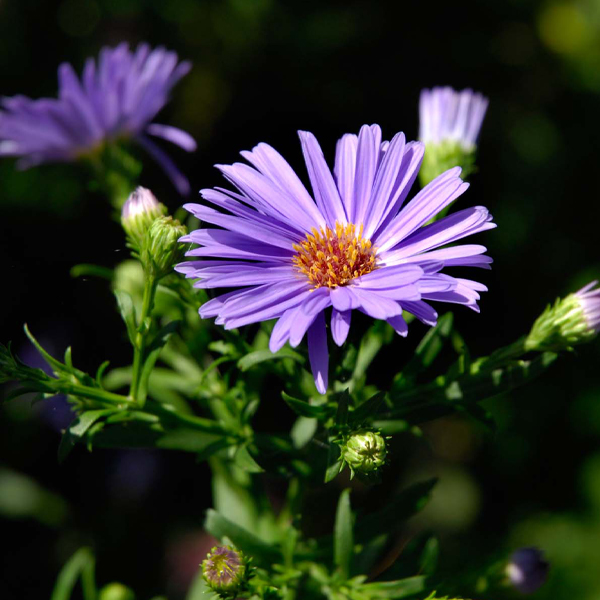

Ready, Set, Plant!
On September 1, we ring in the first day of meteorological fall. *Pumpkins, kale, scarecrows and Halloween decorations are in the stores, but don’t put away your trowel, shovel, hose or clippers just yet. Autumn is another great time for planting and many garden centers have a fresh inventory of trees, shrubs, perennials, annuals and fall-themed containers.
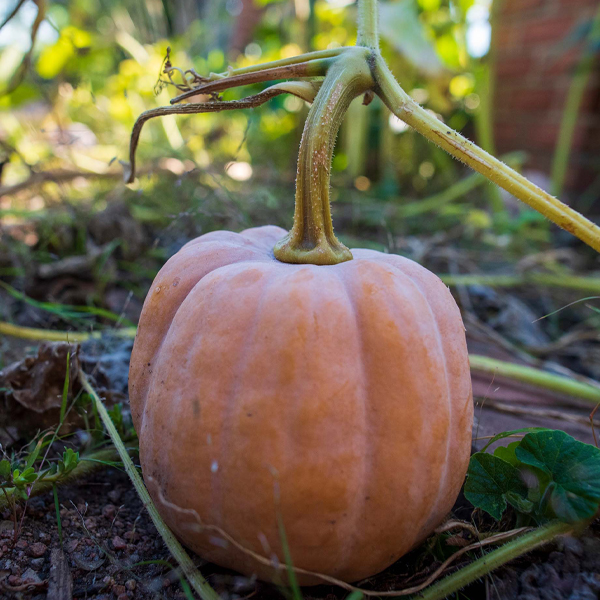

Advantages of Fall Planting
In spring, the soil is typically very cold and often soggy, but then air temperatures suddenly soar and drought sometimes kicks in. As we ease into fall, night temperatures start to drop, but the soil will stay warm for some time. Planting in fall gives many trees and shrubs an “extra” growing season. Root systems have time to establish and expand before the soil freezes later in the year. Roots continue a slow growth even when the soil temperature dips to 45 degrees. Healthy roots give plants a head start on growth come spring. (There’s no need to prune woodies, unless you are removing cracked or broken branches.)
This past July, temperatures in the Chicago area soared and rain was spotty, subjecting plants to extreme heat and drought. Weeds were abundant and perennials and annuals wilted on hot, cloudless summer days. September often brings gentle rains and cool nights. But if the weather stays dry after you plant, thoroughly water each root system at least once a week until late October.
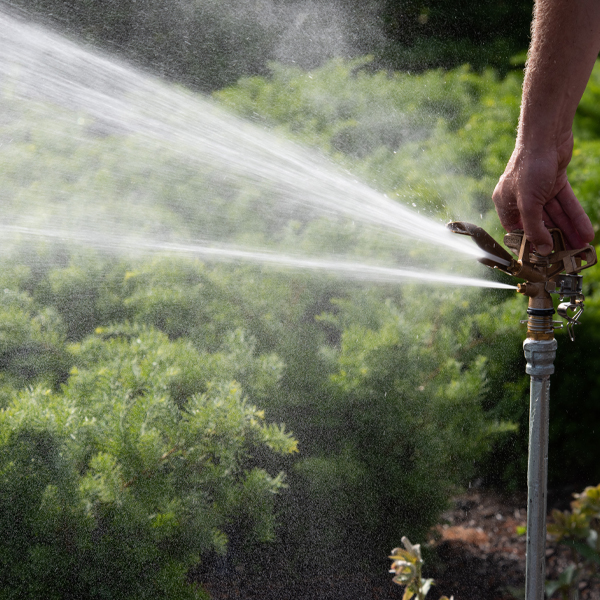
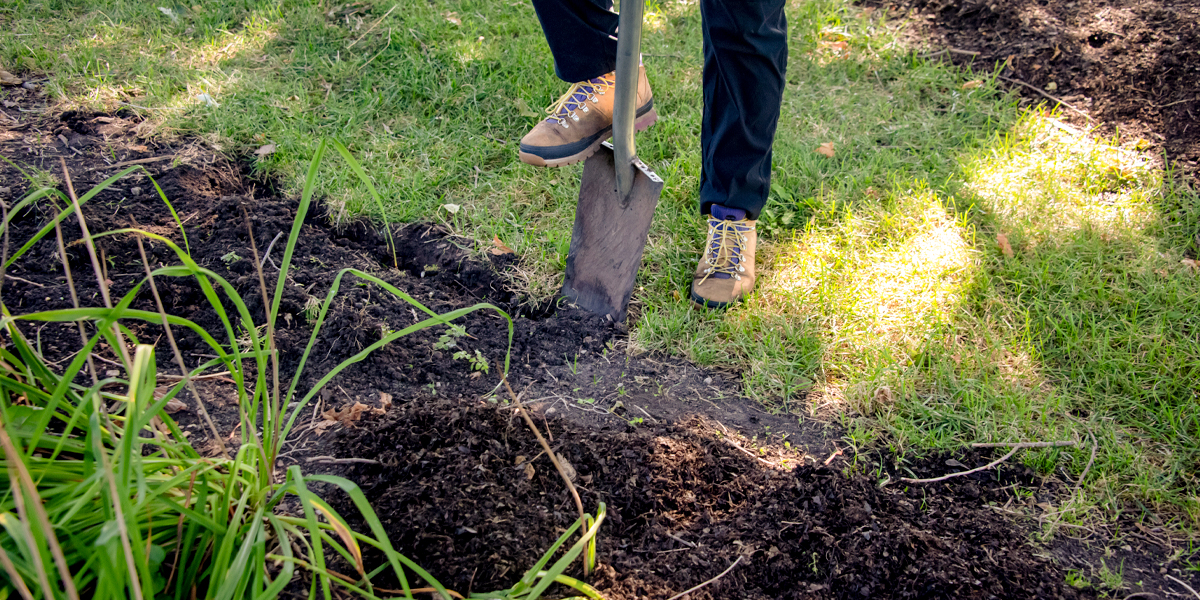
Prep the Soil
Loosen the soil and dig a hole wide and deep enough to accommodate the roots in the container. Next, water the plant in the container, and water the hole, letting the water slowly drain, before putting the plant in the ground. For trees, it’s important not to bury the trunk—or the root flare—the point at the tree trunk’s base where the topmost roots spread outward. The flare should be slightly above the soil. If the flare is buried, it can result in rotting bark, disease and pest problems, and girdling roots. Better to plant a bit high rather than too low in the soil. For perennials, the soil line in the pot should be at the same level as that at the planting hole’s surface. Not sure? Set the pot with plant in the hole to judge depth before planting.
How Much Water?
Although gardeners are typically told to provide “one inch of water a week,” that admonition can be confusing. If you planted a tree or shrub that was in a two or three gallon container, think about the size of the root ball in that pot. Fill up a bucket or two of water and slowly pour it around the roots so it dribbles down to the bottom of the planting hole. Some garden centers and big box stores sell digital moisture meters, which can be a handy tool if you’re not sure how much water the roots receive. You can also dig down the side of the planting hole to take a peak.
Cool-season Annuals
Fall, like spring, is a good time for cool-season annuals. Pansies, kale, ornamental cabbage, mums, snapdragons and dusty miller are good choices for containers. You can create that “thriller” in the center by adding some purchased pampas grass or curly willow branches at craft stores.
Perennials
Many garden centers are selling pots of asters, sedum, black-eyed Susans, coneflowers, hostas and anemones for fall planting. These are the types of fall-blooming plants that can extend the season of color in your beds and borders. Besides adding perennials to your garden, some existing plants can be divided in fall. As a general rule, spring-blooming plants are divided in the fall and fall-blooming plants are dividing in spring. This helps to avoid disturbing their bloom cycles. When dividing perennials in fall, sooner is better than later to allow enough time for root establishment.
Veggies
Seeds of many cool-season vegetables like lettuce, spinach and kale are sown in the spring for harvest before hot summer weather. They can be sown again now, ready for an October harvest. This is the time to sow seeds of radishes—one of the fastest maturing edible crops—ready in about 30 days from the time seedlings appear. Plant garlic cloves now for a big harvest next June.
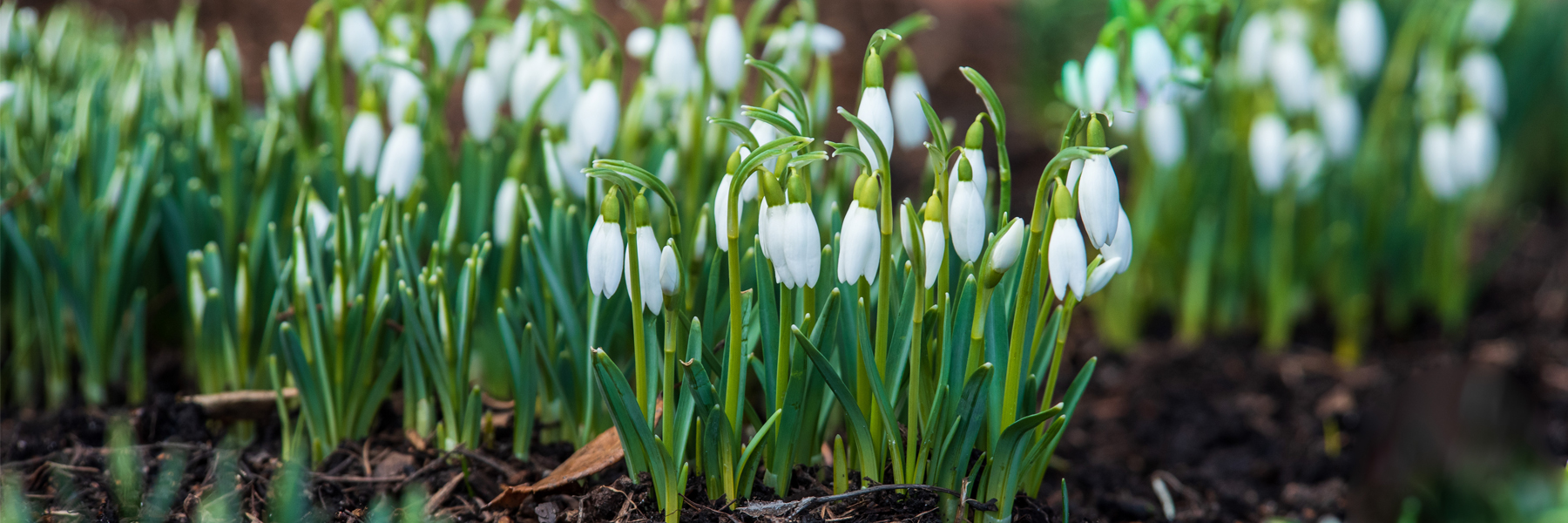
Think Spring
It seems like a long way off, but this is the time to think about your spring garden. Could you use some miniature daffodils in your shade garden? How about tulips, grape hyacinths, snowdrops, crocus or bluebells? Planting these “early risers” now is a very rewarding endeavor and will provide you with some of the first peeks of color long before many perennials begin to emerge.
*Our Two Falls
The autumnal equinox arrives on September 22. Meteorological and astronomical seasons begin and end on different dates. In this case, it’s September 1 and September 22, respectively. Meteorologists typically refer to the seasons based on the meteorological dates. The reason is that the astronomical seasons are based on the position of Earth in relation to the sun, whereas the meteorological seasons are based on the annual temperature cycle. Take a break from planting and come visit the Garden to see what’s in bloom.
Nina Koziol is a garden writer and horticulturist who lives and gardens in Palos Park, Illinois.



